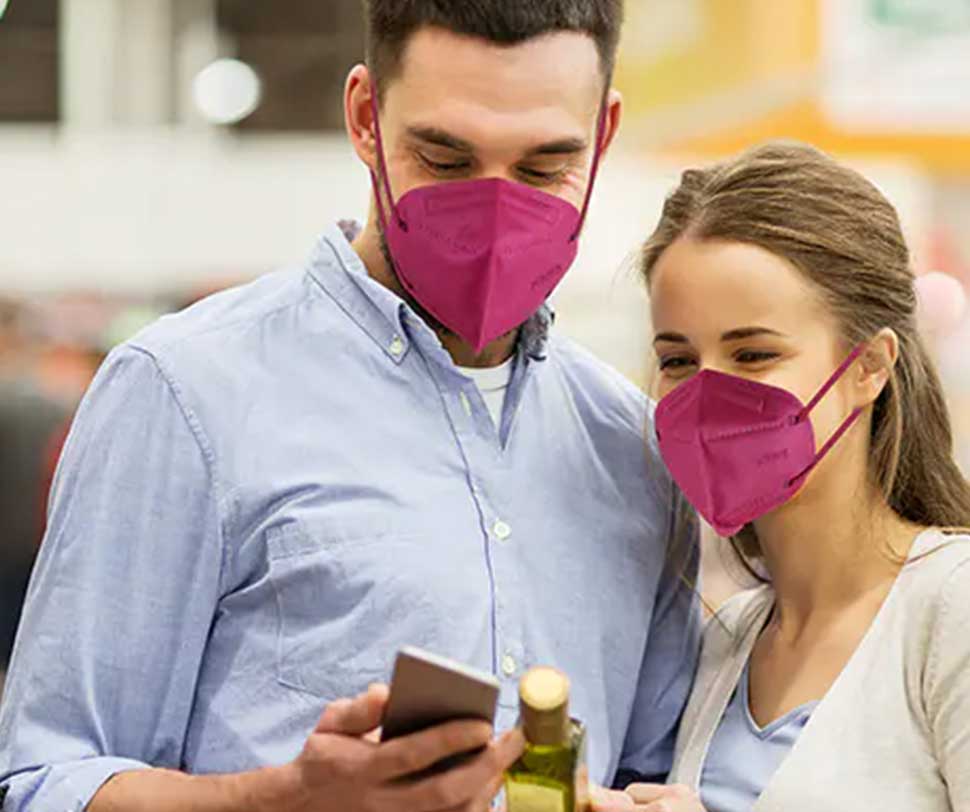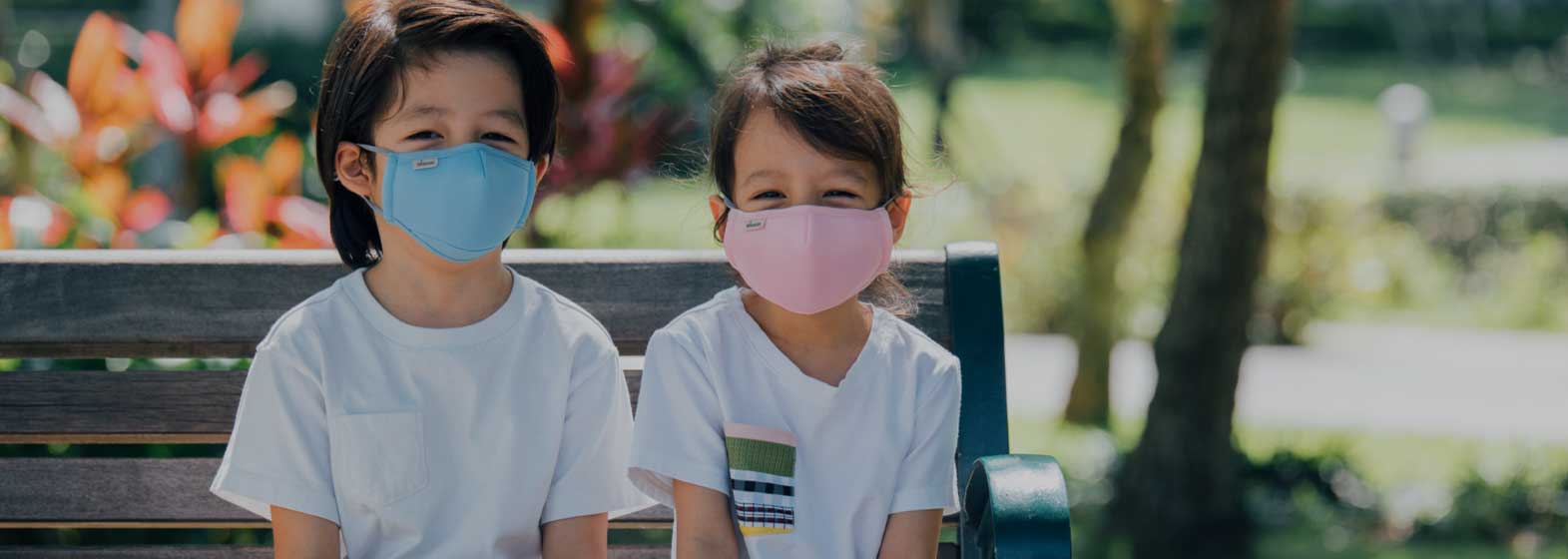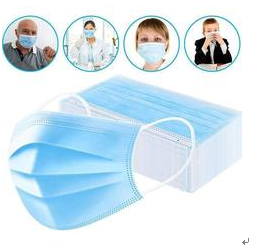
Wearing a mask can also reduce the likelihood that people will touch their face
- Connexions
- 2021-01-08
- 2200
When researchers conducted systematic review of a variety of interventions used during the SARS outbreak in 2003, they found that washing hands more than 10 times daily was 55 percent effective in stopping virus transmission, while wearing a mask was actually more effective — at about 68 percent. Wearing gloves offered about the same amount of protection as frequent hand-washing, and combining all measures — hand-washing, masks, gloves and a protective gown — increased the intervention effectiveness to 91 percent.
With the current coronavirus, researchers are also finding that there are more asymptomatic cases than were known early on in the pandemic. Classified data from the Chinese government that was reported in the South China Morning Post indicated that up to a third of all people who tested positive for the coronavirus could have been silent carriers. Widespread testing on the Diamond Princess showed that half of the positive cases on board the cruise ship had no symptoms. And officials in Iceland, who have tested a high proportion of citizens in the country, have found similarly high percentages of asymptomatic infection.
A new report from the C.D.C., published Friday, also suggests that several residents of a nursing facility in King County, Washington, either did not have any symptoms or developed very mild symptoms only after they had been confirmed to have a coronavirus infection.
Since identifying and isolating people with infections plays a major role in breaking the chain of transmissions, people who do not have any symptoms or do not develop symptoms until later may continue to inadvertently spread the disease.
“It’s still hard to tell what percentage of people are truly asymptomatic because many go on to develop symptoms a few days later,” said Dr. Neil Fishman, the chief medical officer of the Hospital of the University of Pennsylvania. “What we do know is that individuals can shed virus about 48 hours before they develop symptoms and masking can prevent transmission from those individuals.”
Wearing a mask can also reduce the likelihood that people will touch their face, which is another mode of transmission of the virus from contaminated surfaces to unsuspecting individuals, Dr. Fishman said.
“For individuals working in certain essential industries, where they still have to go out every day, I think wearing a mask makes sense,” Dr. Fishman said.
In many Asian countries, everyone is encouraged to wear masks, and the approach is about crowd psychology and protection. If everyone wears a mask, individuals protect each other, reducing overall community transmission. The sick automatically have one on and are also more likely to adhere to keeping their mask on because the stigma of wearing one is removed.
Masks are also an important signal that it’s not business as usual during a pandemic. They serve as a visual reminder to improve hand hygiene and social distancing. They may also serve as an act of solidarity, showing that all citizens are on board with the precautionary measures needed to bring infections under control. And places like Hong Kong and Taiwan that jumped to action early with social distancing and universal mask wearing have gotten their cases under much greater control.
-
 2022-04-26Are air purifiers environmentally friendly ?
2022-04-26Are air purifiers environmentally friendly ? -
 2022-04-26The importance of wearing a mask correctly
2022-04-26The importance of wearing a mask correctly -
 2022-04-27Connexions Air H13 True HEPA Filters
2022-04-27Connexions Air H13 True HEPA Filters -
 2022-04-29What is the use of anion function of air purifier?
2022-04-29What is the use of anion function of air purifier? -
 2022-05-08Standardize the wearing of masks, children should not be missed!
2022-05-08Standardize the wearing of masks, children should not be missed! -
 2022-05-16Hazy days, air purifiers are useful?
2022-05-16Hazy days, air purifiers are useful? -
 2022-05-16Attention everyone! Don't buy fake FFP2 masks! How do we identify?
2022-05-16Attention everyone! Don't buy fake FFP2 masks! How do we identify? -
 2022-05-17Pay attention to secondary pollution when using air purifiers
2022-05-17Pay attention to secondary pollution when using air purifiers -
 2022-05-17TOP5 pollutants that the purifier can purify
2022-05-17TOP5 pollutants that the purifier can purify
-
 2020-06-02Why do Face Masks Matter With This Coronavirus
2020-06-02Why do Face Masks Matter With This Coronavirus -
 2020-06-02How to Wear Mask
2020-06-02How to Wear Mask -
 2020-06-02Three Principles of Choice of Masks
2020-06-02Three Principles of Choice of Masks -
 2020-06-022020 Situation of Mask Market
2020-06-022020 Situation of Mask Market -
 2020-06-17What other preventative measures can you take to protect yourself from airborne substances?
2020-06-17What other preventative measures can you take to protect yourself from airborne substances? -
 2020-06-08The Advantage of Disposable Face Masks
2020-06-08The Advantage of Disposable Face Masks -
 2020-06-093 Ply Disposable Face Mask & Soft & Comfortable Ear Loop
2020-06-093 Ply Disposable Face Mask & Soft & Comfortable Ear Loop -
 2020-06-17What are the regulations for surgical face masks?
2020-06-17What are the regulations for surgical face masks? -
 2020-06-09Do I need to wear a face mask if I am quarantined?
2020-06-09Do I need to wear a face mask if I am quarantined?
CONTACT US


Connexions Technology (Dongguan) Ltd.
We are always providing our customers with reliable products and considerate services.
If you would like to keep touch with us directly, please go to contact us
